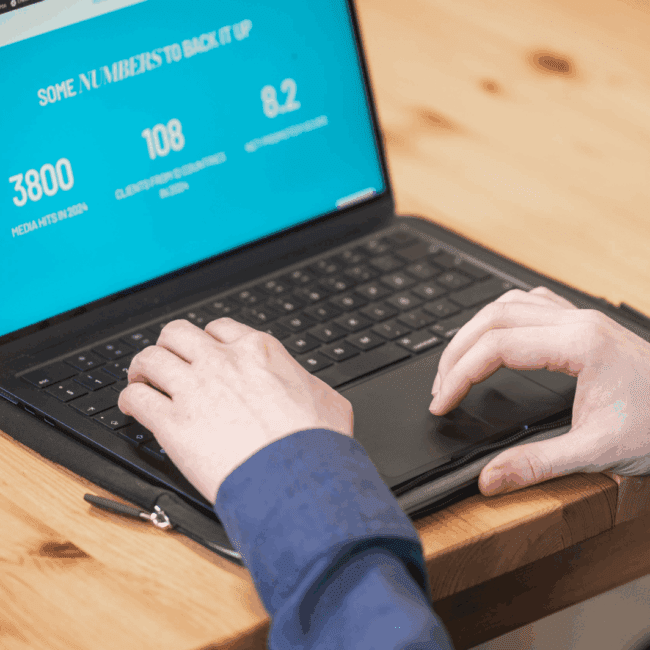So, you’ve spent hours researching, writing, and reaching out to journalists with your pitches and press releases. What now – sit and wait for the phone to ring? Think again! A PR strategy that doesn’t involve a plan for monitoring and measurement is not a genuine PR strategy. How will you know who picked up your story, where you’ve been successful, what could be improved, and where your best bets lie for future relationships and opportunities if you don’t track your progress?
Here’s how to monitor your mentions, measure the impact, and report the success of your international PR campaigns like a pro. Bonus prize: You’ll impress internal stakeholders along the way, and you won’t even need to invest in expensive tools!
Eyes on the prize – keep your goals in sight
Monitor your mentions
The simplest metric to track is the number of ‘media hits’ – articles that mention your news. While media monitoring tools can simplify the process of unearthing coverage, they’re not the only option to help you track the outlets you’ve been featured in and the journalists that have written about you. Good old-fashioned search engines still go a long way to helping you find your online coverage. What’s more, they’re an awful lot easier to use, and best of all, they don’t cost a dime!
Be sure to cross-check media hits against your media list and mark the contacts that engaged with your announcement, either by publishing an article or giving a positive response. This will help you keep track of who to reach out to with future announcements and foster those all-important relationships with the journalists that have expressed interest in your stories.
As ongoing media monitoring activity, remember to regularly review newspapers, magazines, industry publications, online news platforms, blogs, and social media channels relevant to your target audiences. Monitor for mentions of your brand, key spokespersons, and relevant industry topics. Maintain a detailed record of these mentions, including the date, source, and sentiment.
Measure the metrics that matter
Reporting done right
Once you’ve monitored and measured your PR prowess, you’ll need an effective means of demonstrating the campaign’s outcomes. The metrics you report and how you convey them could be crucial to convincing key stakeholders and decision-makers in your organization of the impacts of your efforts. This could unlock additional resources and budgeting to bolster your future PR activities, allowing you to reap the rewards of more frequent and consistent campaigns.
Ready to go pro with your PR?
Download our International PR Guidebook and level up your earned media mentions today!





